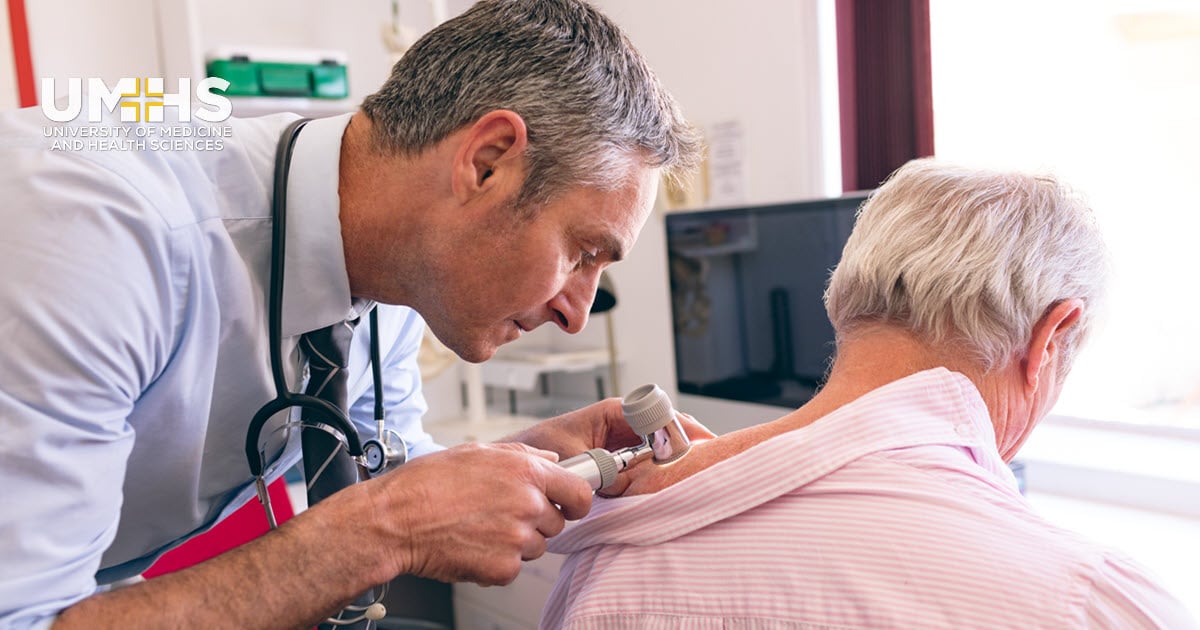Search for an expert dermatologist for skin care treatment tailored to your needs.
Search for an expert dermatologist for skin care treatment tailored to your needs.
Blog Article
Navigating Skin Cancer Cells Therapy: The Crucial Function of Mohs in Modern Dermatology Practices
Skin cancer, a difficult medical diagnosis, typically leaves patients grappling with various treatment choices. As we check out the complexities of this procedure, one will certainly appreciate its essential function in skin cancer cells therapy.
Recognizing Skin Cancer Cells: Kinds and Risks
Skin cancer, a possibly serious condition, is even more common than many individuals recognize. This disease, brought on by the uncontrolled growth of abnormal skin cells, mostly results from DNA damages as a result of exposure to the sun and ultraviolet (UV) light. There are 3 main kinds of skin cancer cells: Basal cell cancer, Squamous cell carcinoma, and Cancer malignancy. While the previous 2 are much less dangerous and comprise the bulk of detected instances, melanoma is the most unsafe. It accounts for just concerning 1% of skin cancer cells situations yet creates the large bulk of skin cancer cells deaths - hair loss. Risk variables include reasonable skin, history of sunburn, extreme sun exposure, living at high altitudes or near the equator, having many moles, a family members history of skin cancer, and deteriorated body immune system.
What Is Mohs Surgery and Exactly How It's Transforming Skin Cancer Cells Treatment
In spite of the countless therapies presently readily available for skin cancer cells, Mohs surgery attracts attention as a groundbreaking and extremely effective service. Called after Frederic E. Mohs, the medical professional that developed the treatment, Mohs surgical treatment is an exact surgical strategy made use of to treat skin cancer. During the treatment, slim layers of cancer-containing skin are considerably removed and taken a look at up until only cancer-free tissue continues to be. This approach permits the doctor to confirm that all cancer cells have been eliminated at the time of surgical treatment. This level of precision, combined with the capacity to spare as much healthy and balanced cells as possible, is transforming skin cancer cells treatment. Therefore, Mohs surgery has actually come to be a keystone of modern dermatology techniques.
The Advantages of Mohs Surgical Treatment Over Traditional Skin Cancer Therapies
Building on the innovative nature of Mohs surgical treatment, it's critical to consider its various benefits over typical skin cancer cells therapies. Unlike common treatments, Mohs provides a greater cure rate, commonly reaching 99% for newbie treatments and 94% for frequent cancers cells. Additionally, it minimizes damages to healthy and balanced skin, leading to much less scarring and enhanced cosmetic results.
The Procedure of Mohs Surgical Treatment: What to Anticipate During the Process

Potential Negative Effects and Post-Operative Care of Mohs Surgical Treatment
Going through Mohs surgical procedure, like any kind of other medical see this website procedure, entails potential adverse effects that people must recognize. Typical side impacts consist of pain, wounding, and swelling at the surgery site. Nevertheless, these are typically temporary and convenient with over the counter pain medicine and ice bag. In rare situations, patients may experience infection, blood loss, or a sensitive response to the neighborhood anesthetic. Post-operative care is critical to healing and that site lessening side impacts. This normally entails maintaining the injury clean and completely dry, taking recommended medications, and staying clear of arduous activities. Individuals should also attend all follow-up consultations for injury care and surveillance. In many cases, added treatments may be needed to make certain full removal of the cancerous cells. Complying with these post-operative treatment standards can substantially boost recovery and outcomes.
Final thought

Report this page